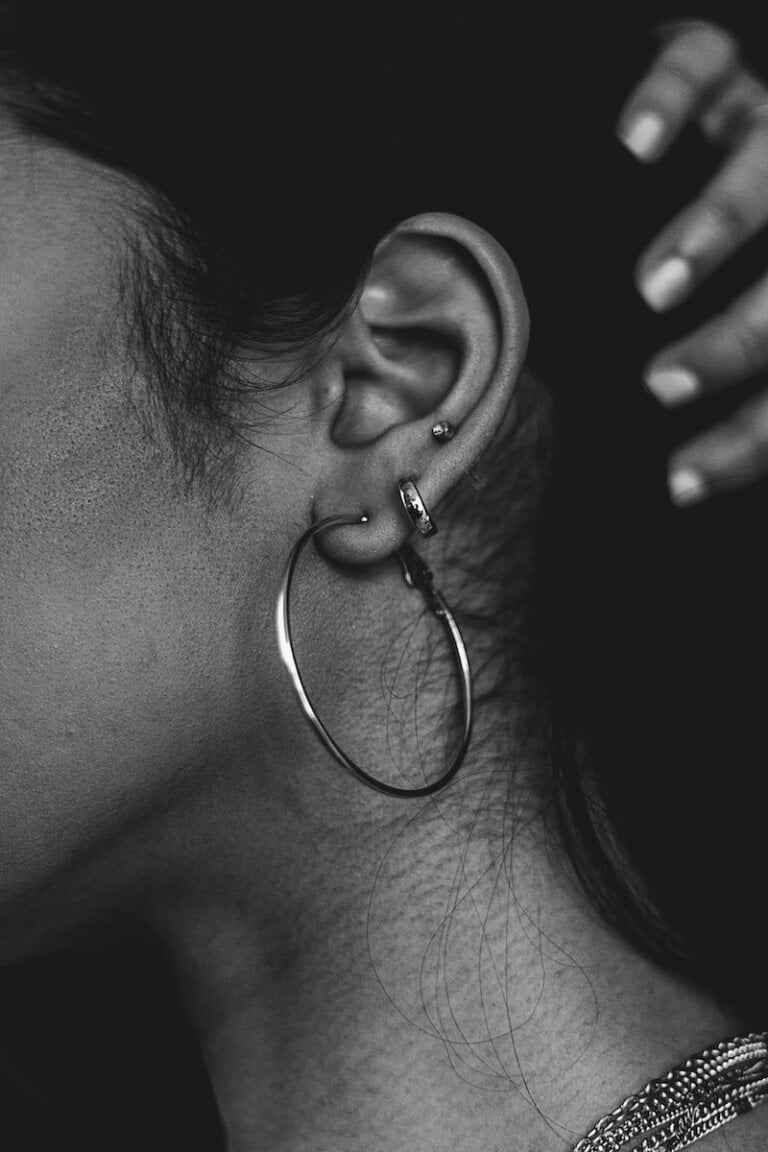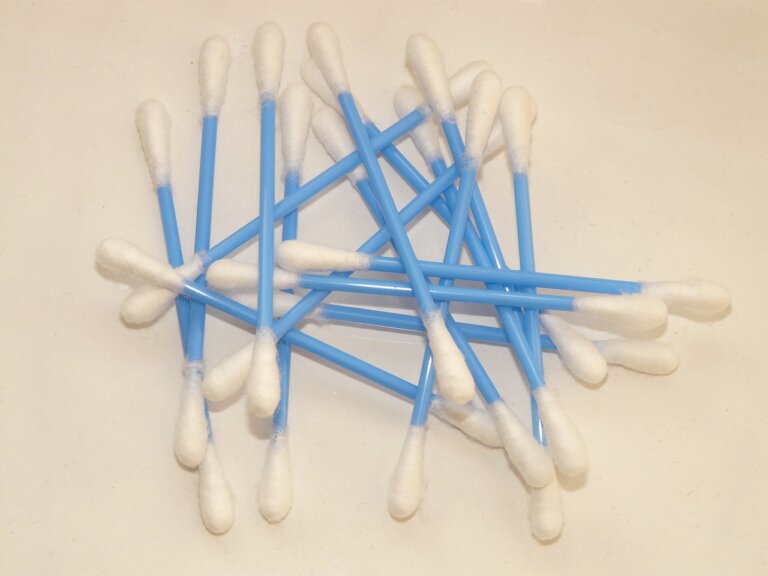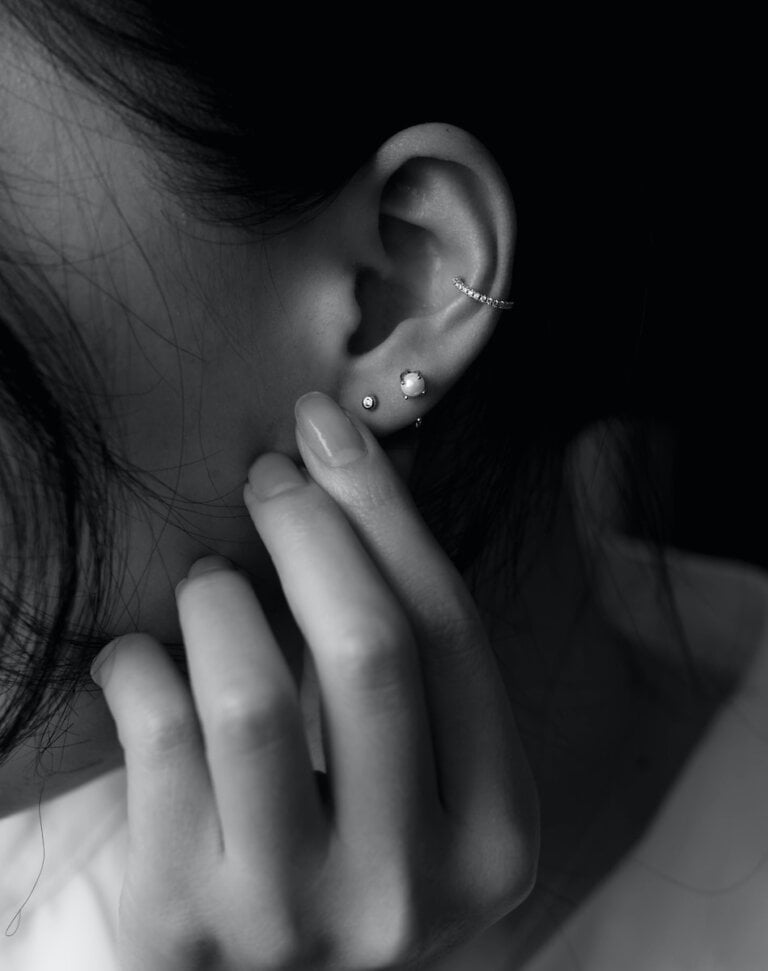Safeguarding Little Ears: Effective Prevention Techniques for Recurrent Ear Infections
Ear infections are a common health concern among children, causing discomfort and distress. Recurrent ear infections, also known as chronic otitis media, occur when a child experiences three or more ear infections within a six-month period. These infections often result from a bacterial or viral invasion of the middle ear, causing inflammation and fluid buildup behind the eardrum.
Understanding Recurrent Ear Infections
Recurrent ear infections pose several challenges that can significantly impact a child’s well-being. It is important to understand the implications of these infections in order to effectively prevent them. Some of the challenges associated with recurrent ear infections include:
-
Frequent discomfort and pain for the child: Recurrent ear infections can cause persistent pain and discomfort, making it difficult for children to eat, sleep, and engage in activities.
-
Potential hearing loss: If left untreated, recurrent ear infections can lead to temporary or permanent hearing loss. This can have a detrimental effect on a child’s speech and language development, academic performance, and overall quality of life.
-
Repeated courses of antibiotics: Treating recurrent ear infections often requires multiple rounds of antibiotics. However, overuse of antibiotics can lead to antibiotic resistance, making it more difficult to treat future infections and increasing the risk of complications.
-
Disrupted sleep and overall quality of life: The pain and discomfort caused by recurrent ear infections can disrupt a child’s sleep patterns, leading to fatigue and irritability. This can affect the child’s overall quality of life, as well as the well-being of their caregivers.
Now that we understand the implications, let’s explore effective prevention techniques to minimize the occurrence of recurrent ear infections.
1. Promote Good Hygiene Practices
Maintaining good hygiene practices is essential to prevent the spread of bacteria and viruses, reducing the risk of ear infections. Encourage children to:
-
Wash their hands regularly with soap and water: Proper hand hygiene can help prevent the transmission of bacteria and viruses that can cause ear infections.
-
Avoid sharing personal items: Teach children to avoid sharing items such as towels, utensils, and drinking cups, as these can harbor bacteria and increase the risk of infection.
-
Cover their nose and mouth when sneezing or coughing: Respiratory infections can contribute to ear infections. Encourage children to cover their nose and mouth with a tissue or their elbow when sneezing or coughing to prevent the spread of bacteria and viruses.
By instilling these habits from an early age, parents can help protect their children from various infections, including ear infections.
2. Breastfeeding and Immunization
Breastfeeding provides numerous health benefits for infants, including a reduced risk of ear infections. Breast milk contains essential antibodies that enhance the baby’s immune system, protecting them from infections. If breastfeeding is not possible, using specially formulated infant formulas can provide similar benefits.
Additionally, staying up-to-date with recommended immunizations can significantly reduce the risk of ear infections caused by certain bacteria, such as Streptococcus pneumoniae and Haemophilus influenzae type b (Hib). Vaccines help the immune system recognize and fight off these bacteria, reducing the likelihood of infection.
3. Minimize Exposure to Secondhand Smoke
Exposure to secondhand smoke increases the likelihood of ear infections in children. Tobacco smoke irritates the eustachian tubes, making them more susceptible to infections. It is crucial to create a smoke-free environment for the child, whether at home or in the car. Encourage family members and visitors to refrain from smoking around the child to minimize the risks.
4. Avoid Bottle-Feeding in a Lying Down Position
Feeding infants in a lying down position can contribute to the backflow of milk into the eustachian tubes, leading to infections. Instead, hold the baby in an upright position while bottle-feeding to promote proper draining of fluids from the middle ear. This simple adjustment can significantly reduce the occurrence of ear infections.
5. Maintain a Clean and Healthy Environment
Keeping the child’s living environment clean and free from potential allergens can help prevent recurrent ear infections. Consider the following measures:
-
Regularly clean and disinfect commonly touched surfaces: Toys, doorknobs, and countertops can harbor bacteria and viruses. Regular cleaning and disinfection can reduce the risk of infection.
-
Vacuum and dust frequently: Dust mites and pet dander are common allergens that can contribute to ear infections. Regular vacuuming and dusting can minimize exposure to these allergens.
-
Ensure proper ventilation: A well-ventilated home helps prevent the buildup of mold and mildew, which can trigger allergies and contribute to ear infections. Open windows or use fans to improve air circulation.
6. Limit Pacifier Use and Avoid Bottle Propping
Pacifiers and bottle propping can disrupt the natural draining process of the eustachian tubes, increasing the risk of ear infections. Limit pacifier use to bedtime or naptime and encourage the child to gradually stop using them as they grow older. Additionally, never prop a bottle, as it can lead to milk pooling around the eustachian tubes, creating a favorable environment for bacterial growth.
7. Practice Good Ear Care
Proper ear care can also contribute to the prevention of ear infections. Here are a few recommendations:
-
Avoid cleaning the child’s ears with cotton swabs or any other objects: These can push wax deeper into the ear canal, increasing the risk of infection. Instead, gently clean the outer part of the ear with a washcloth.
-
Dry the child’s ears thoroughly after bathing or swimming: Excess moisture in the ear can create a breeding ground for bacteria. Use a clean towel or a hairdryer on a low setting to ensure the ears are completely dry.
-
Teach the child how to equalize ear pressure: During airplane travel or swimming, teach the child techniques to equalize the pressure in their ears. This can help prevent fluid accumulation and reduce the risk of infection.
Conclusion
Recurrent ear infections can be challenging for both children and their caregivers. By implementing effective prevention techniques, such as promoting good hygiene, breastfeeding, minimizing exposure to secondhand smoke, and maintaining a clean environment, parents can significantly reduce the occurrence of ear infections. Additionally, practicing proper ear care and avoiding habits like bottle propping and excessive pacifier use can further protect the child’s delicate ears. Remember, prevention is key to safeguarding little ears and promoting the overall well-being of children.
FAQ
Q: What are the challenges associated with recurrent ear infections?
A: Recurrent ear infections can cause frequent discomfort and pain for the child, potential hearing loss, repeated courses of antibiotics, and disrupted sleep and overall quality of life.
Q: How can good hygiene practices help prevent ear infections?
A: Good hygiene practices, such as regular handwashing, avoiding sharing personal items, and covering the nose and mouth when sneezing or coughing, can help prevent the spread of bacteria and viruses that can cause ear infections.
Q: What are some prevention techniques related to breastfeeding and immunization?
A: Breastfeeding provides essential antibodies that enhance the baby’s immune system, reducing the risk of ear infections. Staying up-to-date with recommended immunizations can also significantly reduce the risk of certain bacterial ear infections.
Q: How can exposure to secondhand smoke increase the likelihood of ear infections?
A: Exposure to secondhand smoke irritates the eustachian tubes, making them more susceptible to infections. It is important to create a smoke-free environment for the child and avoid smoking around them to minimize the risks.







